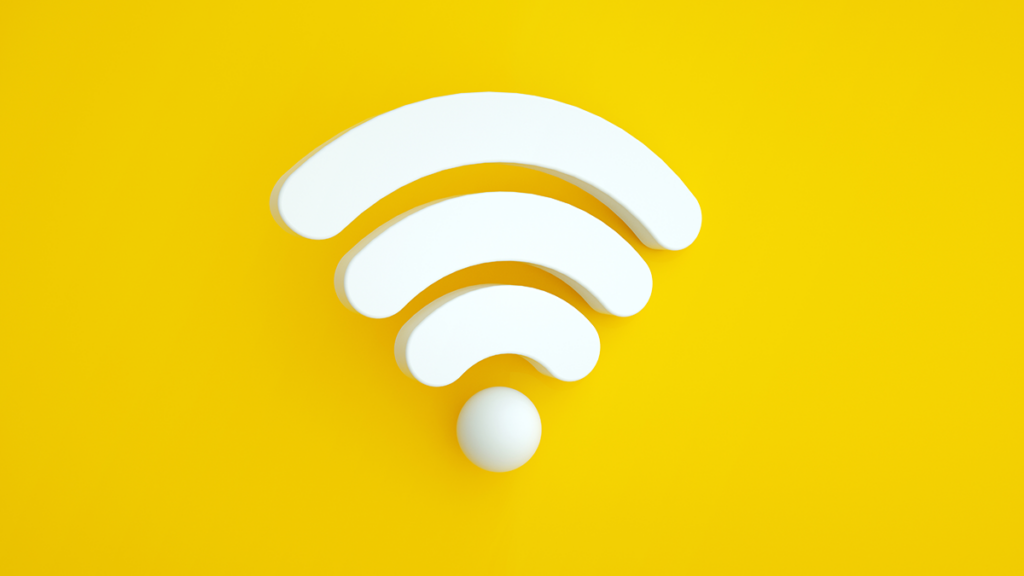“Wi-Fi, designed a century ago, confidently connects more than just a network. It continues to grow at a fast pace, drastically changing our lives, more than we could ever imagine,” says Josh Gordon, Technology Expert at Geonode.
Reviving non-human intelligence with Wi-Fi
Wi-Fi signals power wire-free remote control of devices and robots, offering transformative potential in automated factories, healthcare, and homes. Wi-Fi-driven surgical robots can enhance precision and reduce healthcare costs during ‘keyhole’ surgery. Wi-Fi-enabled home appliances, from vacuums to televisions, provide ultimate convenience for future smart homes.
Augmenting health and wellbeing
It’s the era of virtual doctors and digital healthcare – and Wi-Fi is a key player. The art of remote patient monitoring and telemedicine has been propelled to new heights by Wi-Fi power. Connectivity ensures critical health data can be transferred in real time, while wearables and home diagnostic tools can provide vital health metrics to medical professionals.
Ground-breaking field research
Wi-Fi is not limited to homes and hospitals. It is growing into an indispensable tool for field researchers globally, especially in areas like wildlife tracking and environmental studies.
- Wildlife tracking: a system named WildWID provides an open-source active RFID system for wildlife research, aiding in understanding wildlife epidemiology, communication, and predator-prey dynamics, with potential applications for proximity-activated wildlife deterrent systems
- Environmental monitoring: Wireless Sensor Networks (WSNs) have been deployed for monitoring wildlife passages in rural and forest environments, aiding in specimen protection and conservation, especially in natural reserves and dangerous locations. This technology, while not Wi-Fi, shares the wireless communication principle, highlighting the potential for Wi-Fi to be similarly utilised
Through-wall imaging
MIT researchers created Wi-Vi, a prototype for tracking objects behind non-transparent surfaces like walls. It can even discern the motion of people behind walls. Other projects demonstrated Wi-Fi’s ability to image the English alphabet through walls, and a Wi-Fi-enabled device was developed to track moving objects or people behind walls.
Precision tracking with Wi-Fi
Wi-Fi signals enable precise movement detection without body sensors or cameras. This technology has diverse applications, including elder care monitoring in facilities to detect falls or distress. Additionally, it enhances home security by tracking intruders’ movements without dedicated motion sensors.
Material identification
WiMi utilises Channel State Information (CSI) from Wi-Fi signals, using both amplitude and phase data to distinguish various materials based on their interactions with Wi-Fi signals. This system generates material-specific features, independent of the target’s size, offering an alternative to camera-based methods, particularly in scenarios where such methods are impractical or less desirable in everyday life.
Machine learning with WiFi
Wi-Fi data, when harnessed with machine learning, can be used to predict patterns and trends. This could be particularly valuable for businesses wanting to analyse customer behaviour or for identifying energy-saving opportunities in buildings.
- Businesses can use Wi-Fi analytics to understand how customers move around their premises, helping them optimise store layouts and advertising placements
- Building managers could analyse Wi-Fi-based occupancy patterns to optimise HVAC system operation, potentially saving significant energy and costs
The road ahead
As we stroll into the era of IoT and advanced technologies, the Wi-Fi possibilities we see today are just the tip of the iceberg. With rapid advancements in the domain of Wi-Fi and wireless technology, we can expect even more revolutionary uses of this ubiquitous communication tool. As Josh Gordon puts it: “The real power of Wi-Fi lies in realising that it is no longer just a tool for connectivity. It is a technology that can sense, adapt, and learn from our everyday life.”
So, are we ready to embrace these advancements? These will unquestionably transform our societal fabric, making way for a more digital, interconnected world. Life is certainly going to become unfathomably simpler, and yet remarkably more technologically intricate. After all, who could have thought of transforming routine Wi-Fi into an unobserved superhero, silently guarding us and giving life to our dreams?
